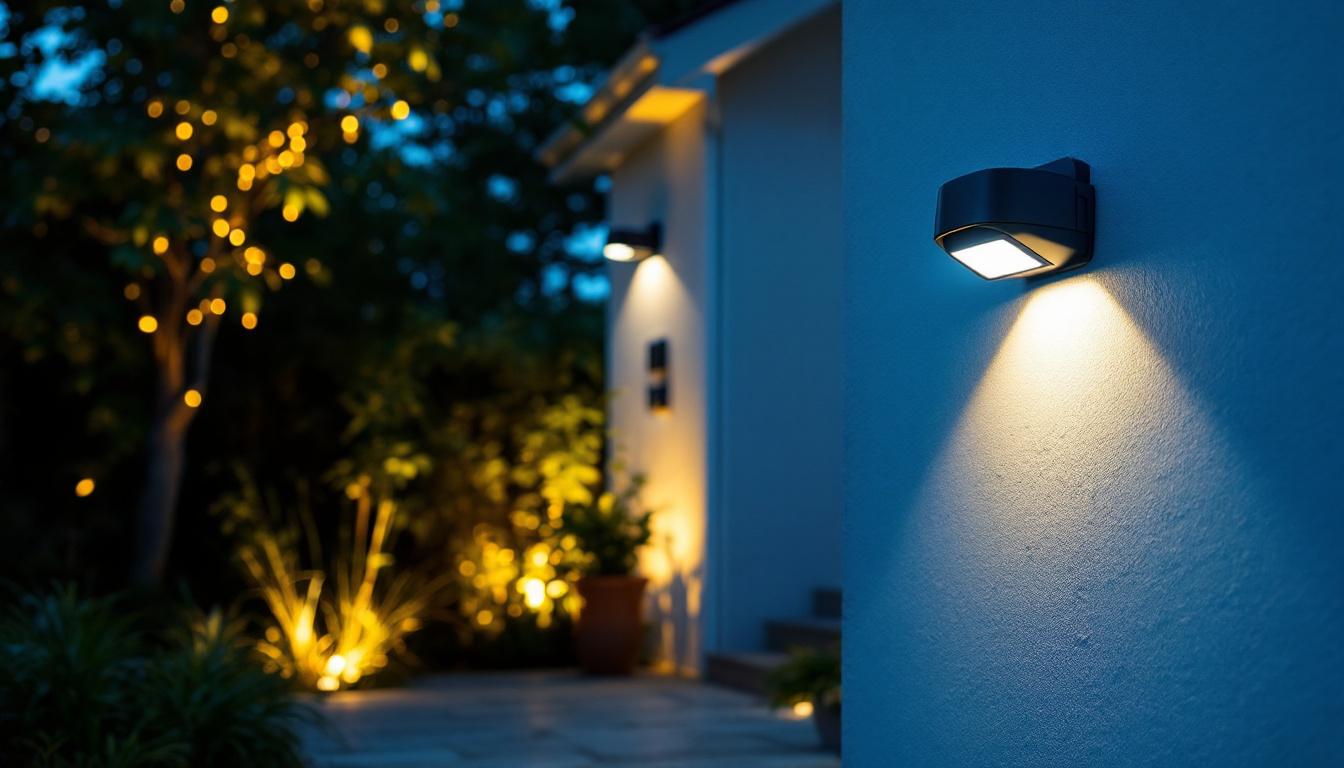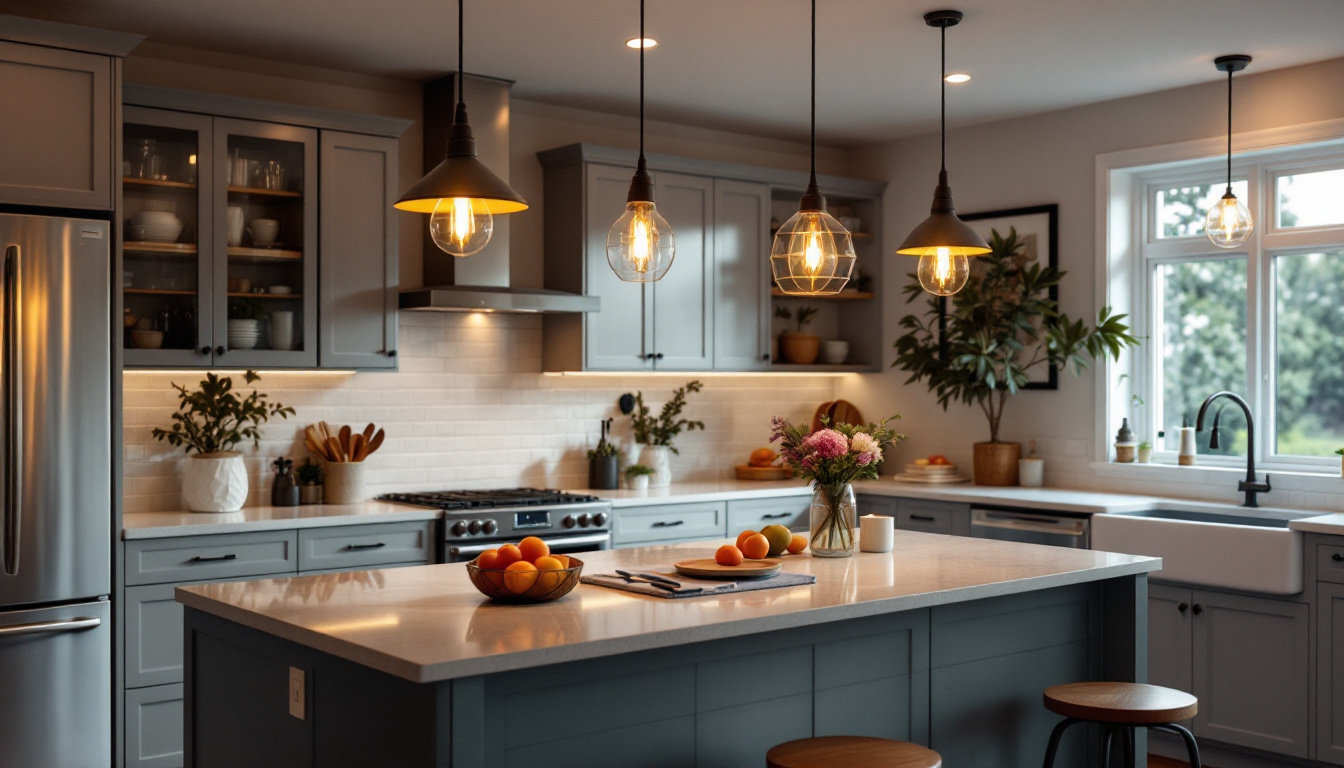
In the ever-evolving world of lighting design, LED light tracks have become a popular choice for both residential and commercial applications. Their versatility and energy efficiency make them an attractive option for lighting contractors. However, with the advantages come a set of challenges that can lead to complications if not managed properly. This article aims to guide lighting contractors on how to avoid common issues associated with LED light tracks, ensuring smooth installations and satisfied clients.
LED light tracks consist of a track system that allows for the easy installation of LED fixtures. These tracks can be mounted on ceilings or walls, providing flexibility in design and functionality. The ability to reposition fixtures along the track allows for dynamic lighting solutions that can adapt to changing needs. This adaptability is particularly beneficial in environments where the layout or purpose of the space may change frequently, such as in event venues or multifunctional rooms.
One of the primary benefits of LED light tracks is their energy efficiency. Compared to traditional lighting systems, LEDs consume significantly less power, which translates into lower energy bills for clients. Additionally, LED lights have a longer lifespan, reducing the frequency of replacements and maintenance costs. This longevity not only saves money but also minimizes the environmental impact associated with manufacturing and disposing of lighting products.
Another advantage is the versatility of the track systems. They can be used in various settings, from art galleries showcasing artwork to retail spaces highlighting products. This adaptability allows lighting contractors to create customized lighting solutions that enhance the aesthetics and functionality of a space. For instance, in a gallery, adjustable tracks can be used to focus light on specific pieces, creating a more immersive experience for visitors. In retail, strategically placed tracks can draw attention to featured items, encouraging customer engagement and boosting sales.
Despite their advantages, LED light tracks can present several challenges. One common issue is compatibility between the track and the LED fixtures. Not all LED lights are designed to work with every track system, which can lead to flickering or complete failure of the lights. It is essential for users to verify compatibility specifications before purchasing fixtures, as this can save time and resources in the long run.
Another concern is the installation process itself. Improper installation can result in uneven lighting or even damage to the track or fixtures. Understanding the technical specifications and installation guidelines is crucial to avoid these pitfalls. Moreover, some track systems may require specific tools or expertise for installation, which could necessitate hiring a professional. Ensuring that the installation is done correctly not only enhances the performance of the lighting system but also contributes to the overall safety and reliability of the electrical setup. Additionally, regular maintenance checks can help identify potential issues before they become significant problems, ensuring that the lighting remains effective and efficient over time.
Effective planning and design are essential for successful LED light track installations. Lighting contractors must consider various factors to ensure that the final outcome meets client expectations and complies with industry standards.
The first step in the planning process is to assess the specific needs of the client. This includes understanding the purpose of the space, the desired ambiance, and any particular requirements the client may have. Conducting a thorough consultation can help identify these needs and guide the lighting design process.
It is also important to consider the layout of the space. The placement of furniture, artwork, and architectural features can influence how light is distributed. A well-thought-out design will take these elements into account, ensuring that the lighting enhances the overall aesthetic. For example, in a gallery setting, track lighting can be strategically positioned to highlight individual pieces of art, drawing the viewer’s eye and creating a dynamic visual experience. Conversely, in a cozy living room, the lighting might be designed to create soft pools of light that encourage relaxation and conversation.
Selecting the appropriate track system and fixtures is critical. Contractors should research various brands and models to find those that offer compatibility and quality. Reading product reviews and consulting with manufacturers can provide valuable insights into which components work best together.
Additionally, considering the color temperature and brightness of the LEDs is essential. Different settings may require different lighting characteristics. For instance, a warm color temperature may be more suitable for residential spaces, while cooler tones might be preferred in commercial environments. Furthermore, the ability to dim the lights or adjust their intensity can greatly enhance the versatility of a space. Implementing smart lighting solutions that allow for remote control and automation can also add a layer of convenience and energy efficiency, enabling clients to tailor their lighting to suit various activities throughout the day.
Once the planning phase is complete, the next step is installation. Adhering to best practices during this stage can help avoid common issues and ensure a successful outcome.
Every track system and LED fixture comes with specific installation guidelines provided by the manufacturer. It is imperative that lighting contractors follow these instructions closely to avoid complications. This includes proper mounting techniques, electrical connections, and load capacities.
Neglecting to adhere to these guidelines can result in malfunctioning lights or even safety hazards. Taking the time to read and understand the instructions will pay off in the long run.
Electrical connections are a critical aspect of LED light track installations. Contractors should ensure that all connections are secure and that the wiring is appropriate for the load. Using the correct gauge of wire and ensuring that connections are properly insulated can prevent overheating and electrical failures.
Moreover, it is advisable to test the system before finalizing the installation. This can help identify any issues early on, allowing for prompt resolution before the project is completed.
Even with careful planning and installation, issues may still arise. Being prepared to address common problems can help contractors maintain their reputation and client satisfaction.
Flickering lights can be a frustrating issue for both contractors and clients. This problem is often related to compatibility between the track and the LED fixtures. If flickering occurs, it is essential to check the specifications of both components to ensure they are designed to work together.
Another potential cause of flickering is inadequate power supply. Contractors should verify that the circuit can handle the load and that there are no loose connections. If the problem persists, consulting with a lighting specialist may be necessary.
Uneven lighting can detract from the overall effectiveness of an LED light track system. This issue may arise from improper fixture placement or insufficient lighting levels. To address this, contractors should evaluate the layout and adjust the positioning of fixtures as needed.
Additionally, using dimmers or adjustable fixtures can provide greater control over lighting levels, allowing for a more balanced distribution of light throughout the space.
Once the installation is complete, ongoing maintenance and client education play a crucial role in the longevity and effectiveness of LED light tracks.
Lighting contractors should recommend regular maintenance checks to their clients. This can include cleaning the fixtures to remove dust and debris, which can hinder light output. Additionally, checking for loose connections and ensuring that the track is functioning properly can prevent future issues.
Establishing a maintenance schedule can help clients keep their lighting systems in optimal condition, ultimately enhancing the lifespan of the LED fixtures.
Client education is an often-overlooked aspect of lighting installations. Contractors should take the time to explain how the LED light tracks work, including how to adjust settings and troubleshoot minor issues. Providing clients with a user manual or quick reference guide can empower them to make the most of their new lighting system.
Additionally, discussing the benefits of energy-efficient lighting can encourage clients to appreciate their investment and promote responsible usage.
The lighting industry is constantly evolving, with new technologies and trends emerging regularly. For lighting contractors, staying informed about these developments is essential for maintaining a competitive edge.
Participating in workshops, seminars, and online courses can help contractors stay updated on the latest advancements in LED technology and installation techniques. Many manufacturers offer training programs that provide valuable insights into their products and best practices.
Networking with other professionals in the industry can also be beneficial. Sharing experiences and knowledge can lead to innovative solutions and improved practices.
As technology advances, new tools and systems are introduced to the market. Contractors should be open to embracing these innovations, whether it’s smart lighting solutions or advanced control systems. Integrating new technologies can enhance the functionality of LED light tracks and provide clients with cutting-edge options.
By staying current with industry trends, lighting contractors can offer their clients the best possible solutions, ensuring satisfaction and fostering long-term relationships.
LED light tracks present a wealth of opportunities for lighting contractors, but they also come with their own set of challenges. By understanding the benefits and potential issues, planning effectively, adhering to best practices during installation, and maintaining open communication with clients, contractors can navigate these complexities successfully.
Ultimately, the goal is to create lighting solutions that not only meet client needs but also enhance the overall experience of the space. With careful attention to detail and a commitment to quality, lighting contractors can thrive in this dynamic industry.
Ready to elevate your lighting projects with the highest quality LED light tracks? Look no further than LumenWholesale, where we provide contractors with spec-grade lighting products at unbeatable wholesale prices. Say goodbye to local distributor markups and hello to superior lighting solutions that meet the most rigorous industry standards. With LumenWholesale, you can enjoy the convenience of bulk buying with free shipping, ensuring you get the best value without any hidden fees. Enhance your lighting installations with the perfect blend of quality, affordability, and convenience. Wholesale Lighting at the Best Value is just a click away!

Discover the must-have electrician tools that are revolutionizing the way lighting contractors work.

Discover essential information on outside motion detector lights tailored for lighting contractors.

Discover the insider secrets of lighting contractors in “Light With Control: Lighting Contractors’ Secrets to Master.” Unveil techniques to optimize ambiance, enhance energy efficiency, and transform spaces with expert lighting strategies.

Discover how to transform your kitchen island into a well-lit, efficient workspace with expert tips on optimizing island kitchen lighting.